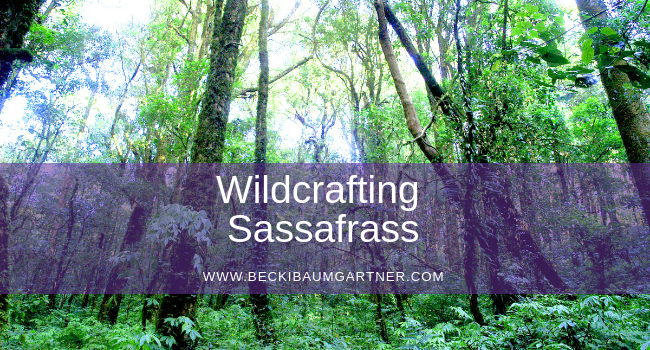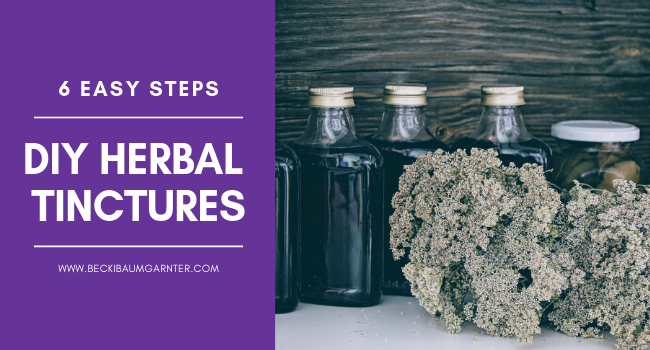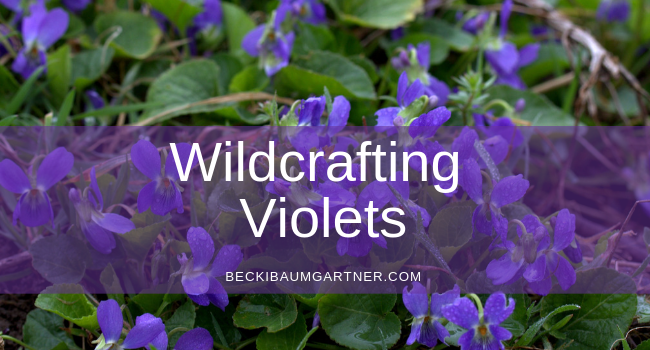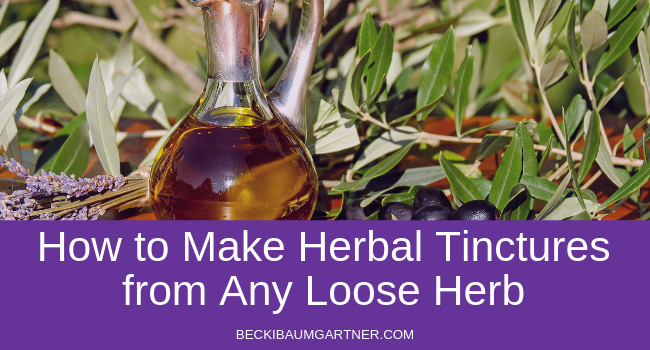Sassafras albidum is a species of Sassafras native to eastern North America.
It has a growing range from southern Maine and southern Ontario, west to Iowa, and south to central Florida/eastern Texas.
The first step to wildcrafting is getting a couple of good field guides for the plants in your area.
Two of my favorites are:
- A Field Guide to Edible Wild Plants: Eastern and central North America (Peterson Field Guide)
- Identifying and Harvesting Edible and Medicinal Plants in Wild (and Not So Wild) Places by “Wildman” Steve Brill
Use your field guides to properly identify your plants.
If you don’t feel confident in identifying plants yourself, you can learn a lot through wildcrafting groups.
You can find wildcrafting groups on Meetup.com or by searching local venues for weed walks and wildcrafting classes.
Sassafras Names
Sassafras has several interchangeable names.
Names include: Sassafras (Sassafras albidum), Ague Tree, Cinnamon Wood, Common Sassafras, Gui Zhi, Kuntze Saloop, Laurus albida, Sasafras, Sassafrax, Sassafras albidum, Sassafras officinale, Sassafras variifolium, Saxifrax.
Sassafras Appearance
The sassafras is a medium sized tree ranging from 10-125 feet tall.
This tree has 3 different kinds of leaves.
One is oval, one has two lobes and resembles a mitten, and the other has three lobes. The leaves are very fragrant.
The tree blooms with tiny yellow flowers in the spring, and in the summer produces egg-shaped blue-black colored fruit about ½ inch long.
There are usually many saplings around a tree.
Harvesting Sassafras
The leaves are good from spring to fall and the bark, twigs, and root are good year round.
Eating Sassafrass
Any part of the tree will make a delicious reddish-brown tea.
The leaves can be dried and ground into a powder. This is called gumbo file’ which is an expensive gourmet item which flavors and slightly thickens soup. Southerners use this to make gumbo.
The root can be ground and used in place of cinnamon.
Sassafras Medicinal Uses
Native Americans used a decoction of the root as a blood purifier and detoxifier, and as a spring tonic.
Rural residents in the Ozarks and Appalacia commonly use Sassafras to treat arthritis, rheumatism, pains, ulcers, colds and flus.
The bark of the root is used as a blood thinner and to break up impurities in the blood system. The bark also gently cleanses the kidneys.
Sassafras tea is used for colds, fever, arthritis, gout, high blood pressure, kidney problems, stomach aches, and eczema.
Externally sassafras compresses treat external infections, poison ivy, and burns.
Sources:
- Brill, S. (1994). Identifying and Harvesting Edible and Medicinal Plants in Wild (and Not So Wild) Places. New York: Harper Collins.
- Rx List Internet Drug Index. (n.d.). Sassafras. Extracted October 4, 2010 from http://www.rxlist.com/sassafras/supplements.htm
- Tierra, M. (1998). The Way of Herbs. New York: Pocket Books.
- Williams, J. (1995). Jude’s Herbal Home Remedies. St. Paul: Llewellyn Publications
My Favorite Books for Wildcrafting & Using Herbs:
Below is a list of my favorite herb books. Enjoy!
- A Field Guide to Edible Wild Plants: Eastern and central North America (Peterson Field Guide)
- Great Smoky Mountains Wildflowers: When and Where to Find Them by William Hutson
- Identifying and Harvesting Edible and Medicinal Plants in Wild (and Not So Wild) Places by “Wildman” Steve Brill
- Jude’s Herbal Home Remedies: Natural Health, Beauty & Home-Care Secrets by Jude C. Williams, M.H.
- Ortho’s All About Herbs by Maggie Oster
- Rosemary Gladstar’s Herbal Recipes for Vibrant Health by Rosemary Gladstar
- Secrets of the Chinese Herbalists by Richard Lucas
- Sunset Herbs: An Illustrated Guide by The Editors of Sunset Magazine
- The Forager’s Harvest: A Guide to Identifying, Harvesting and Preparing Edible Wild Plants by Samuel Thayer
- The Herbal Drugstore by Linda B. White, M.D.
- The Natural Physicians’ Healing Therapies: Proven Remedies Medical Doctors Don’t Know by Mark Stengler, ND
- The Scientific Validation of Herbal Medicine by Daniel B. Mowrey, Ph.D.
- The Way of Herbs by Michael Tierra, L.Ac., O.M.D.
- Wildflowers of the Land Between the Lakes Region, Kentucky, and Tennessee





